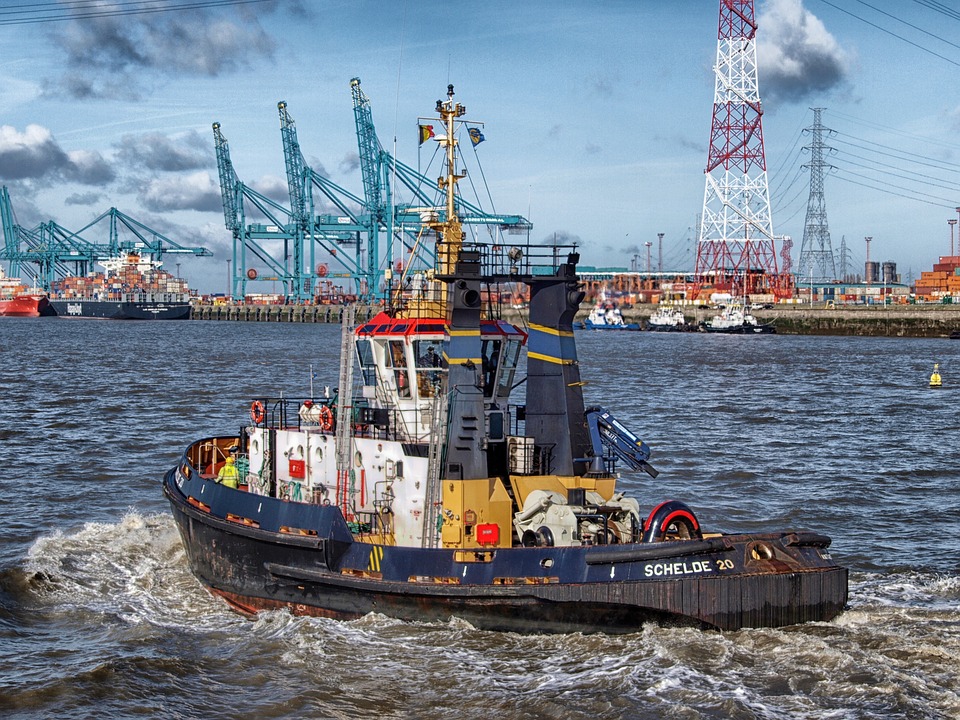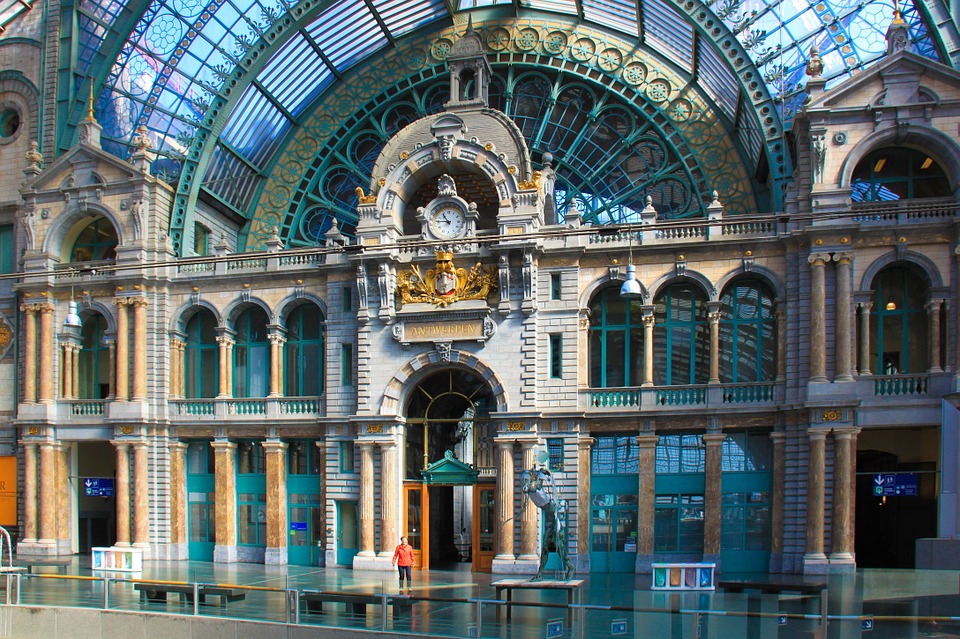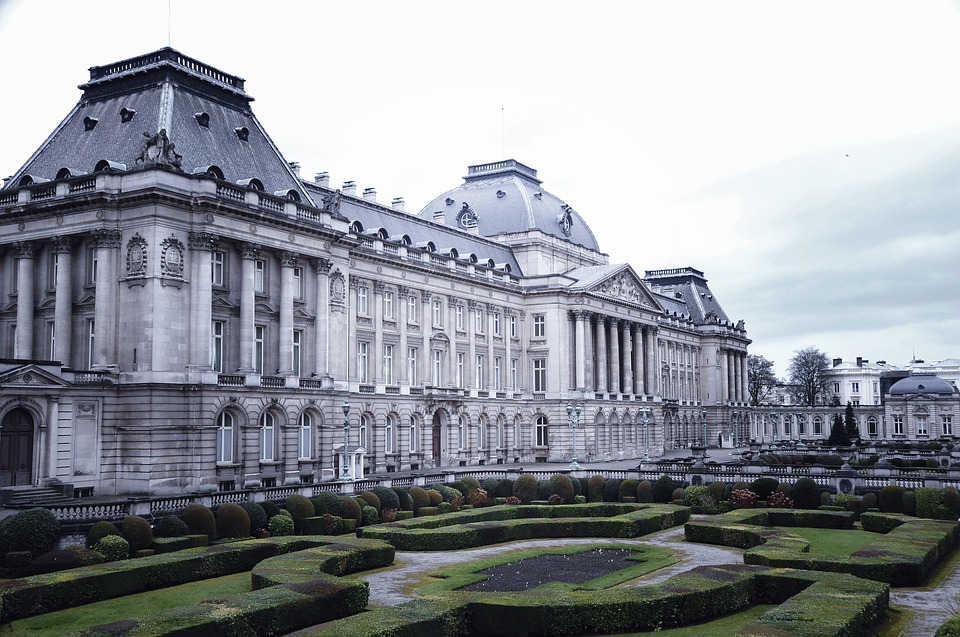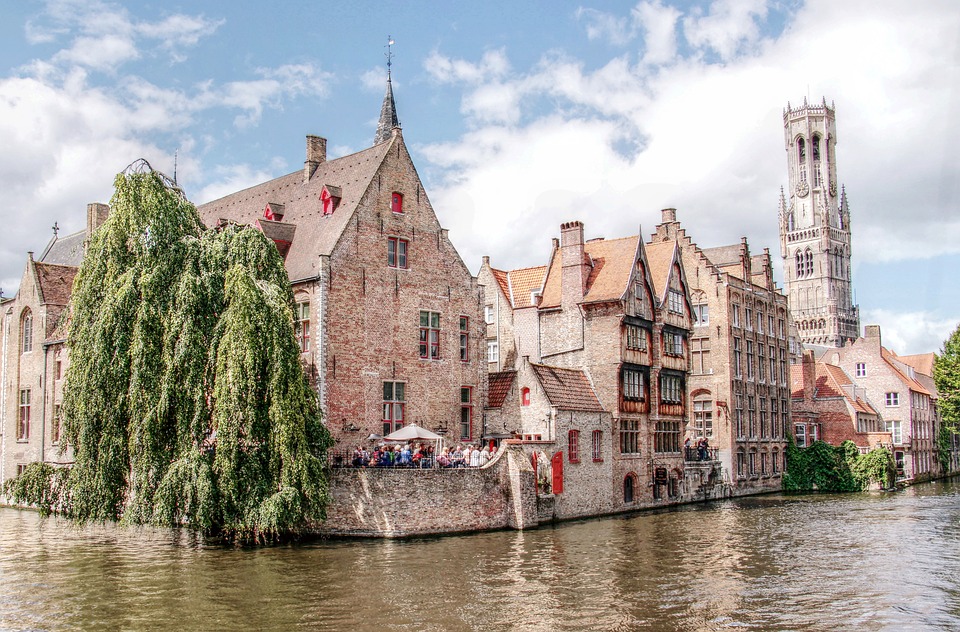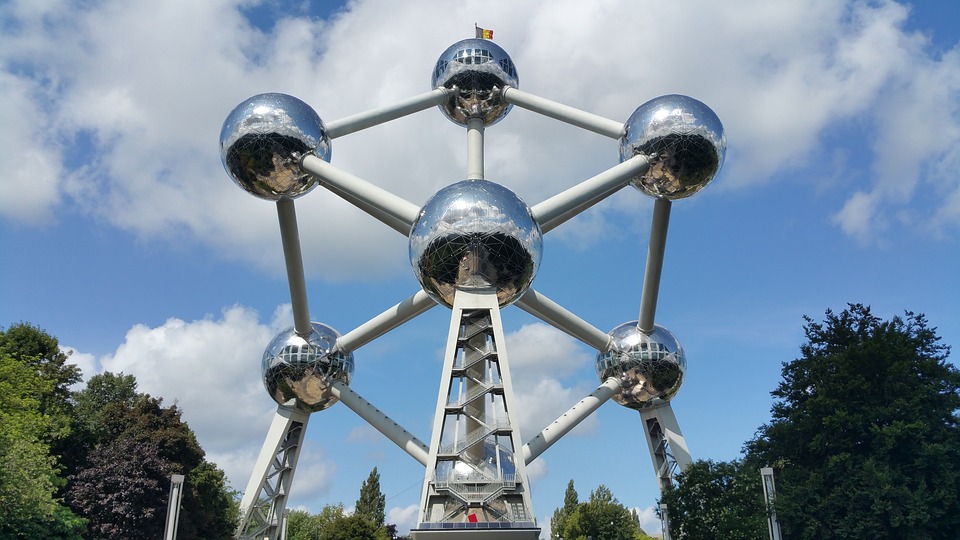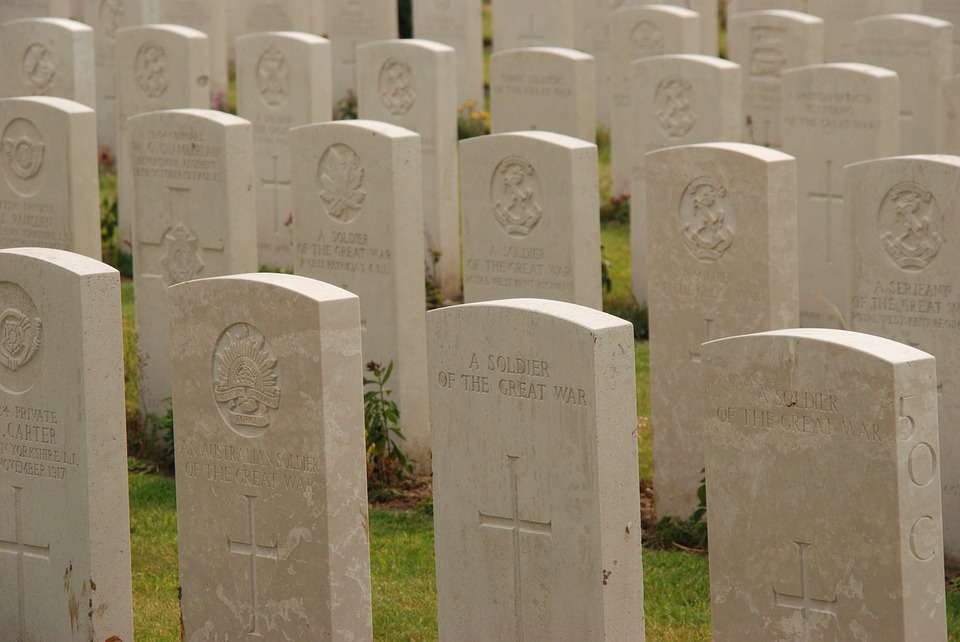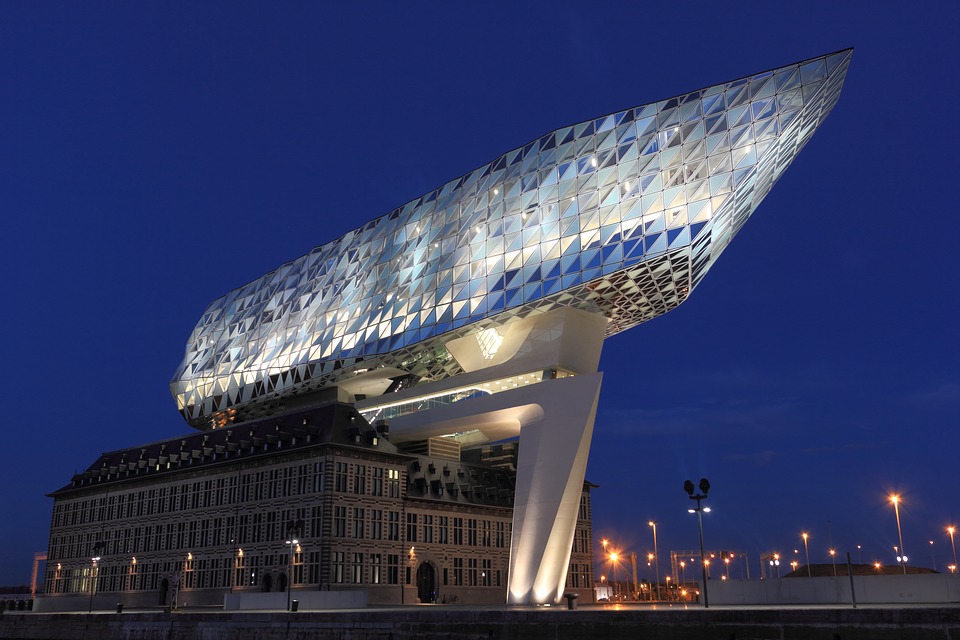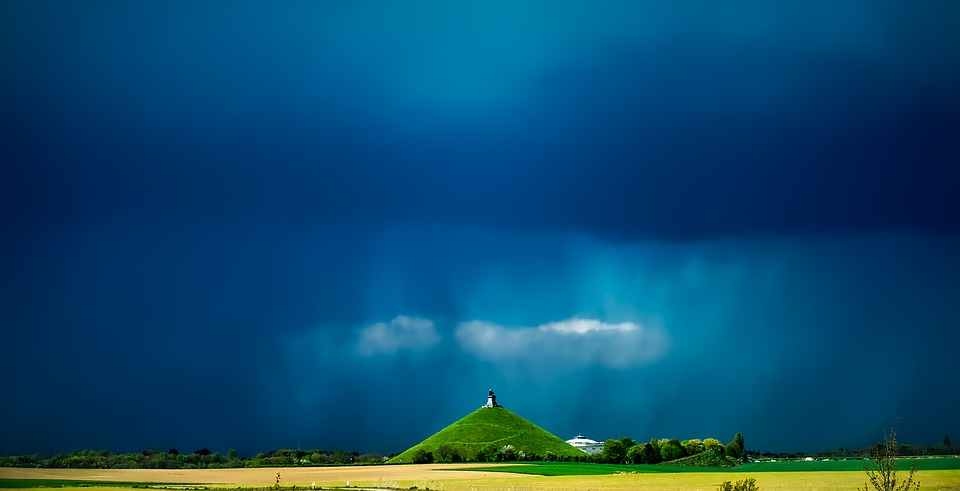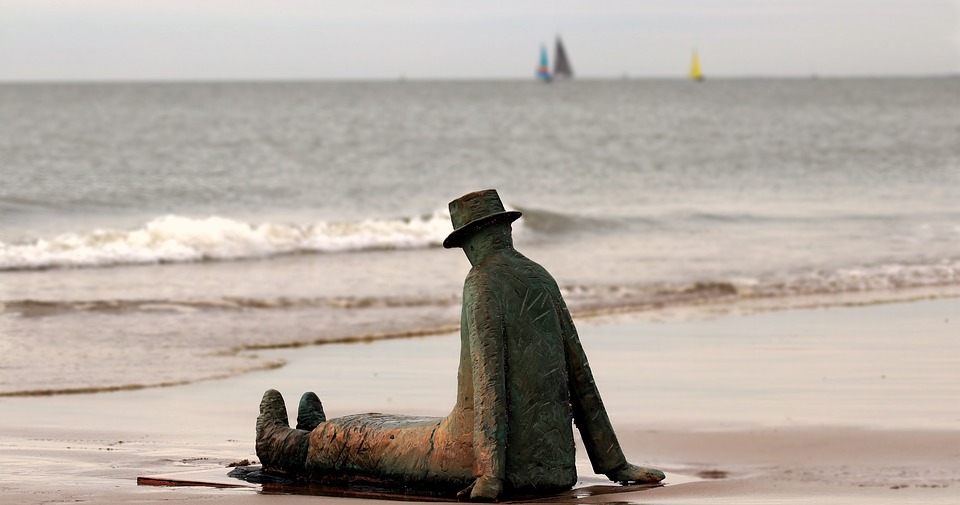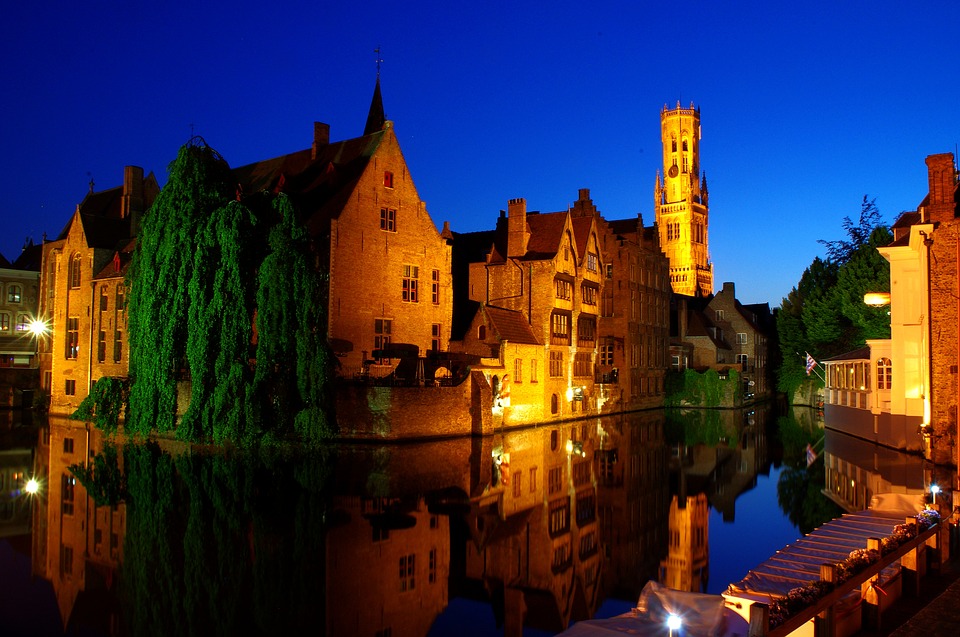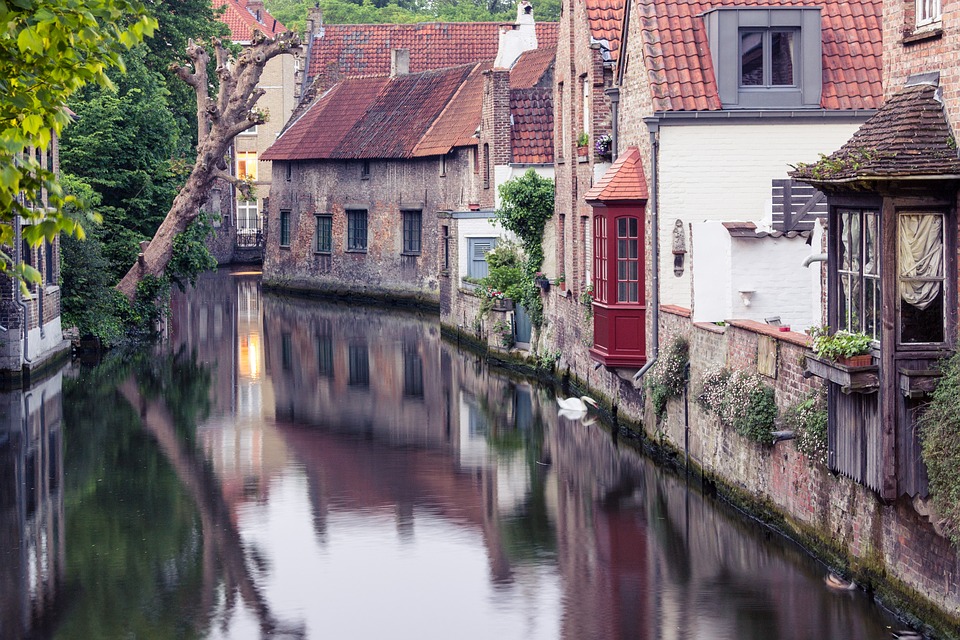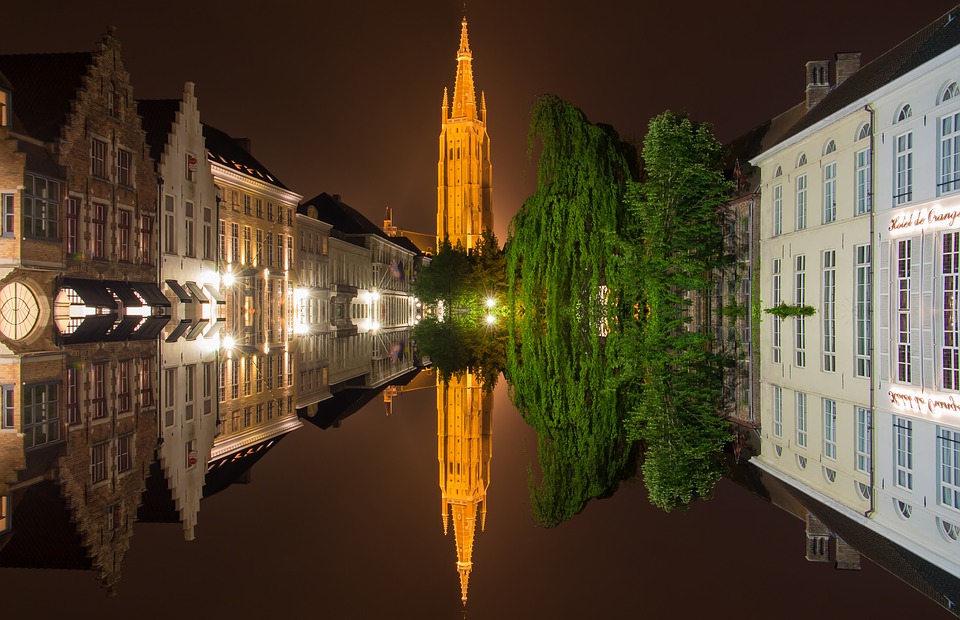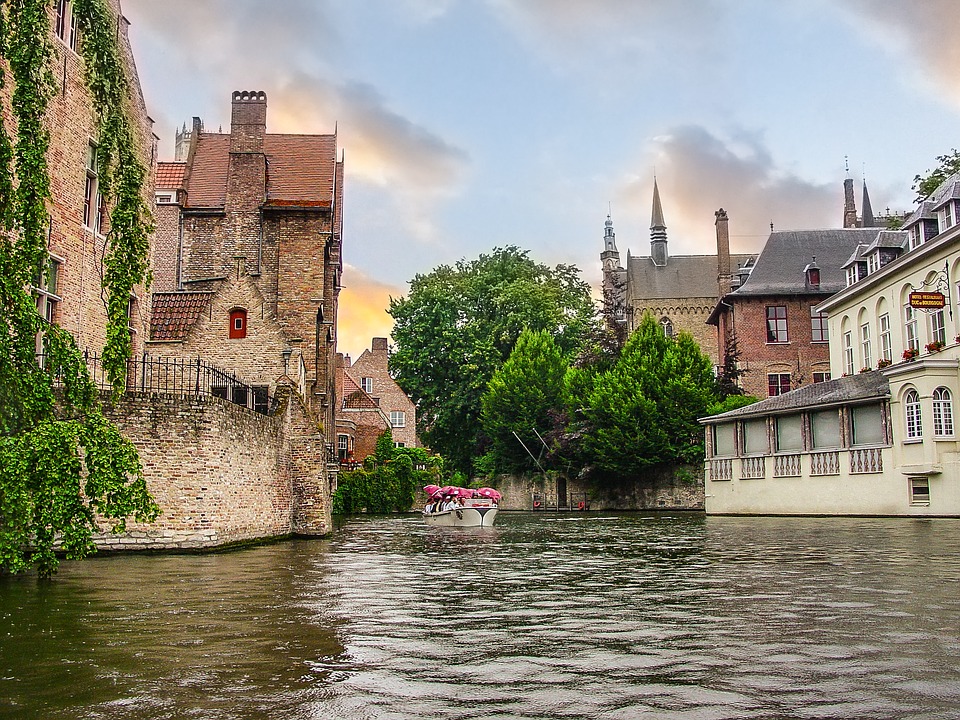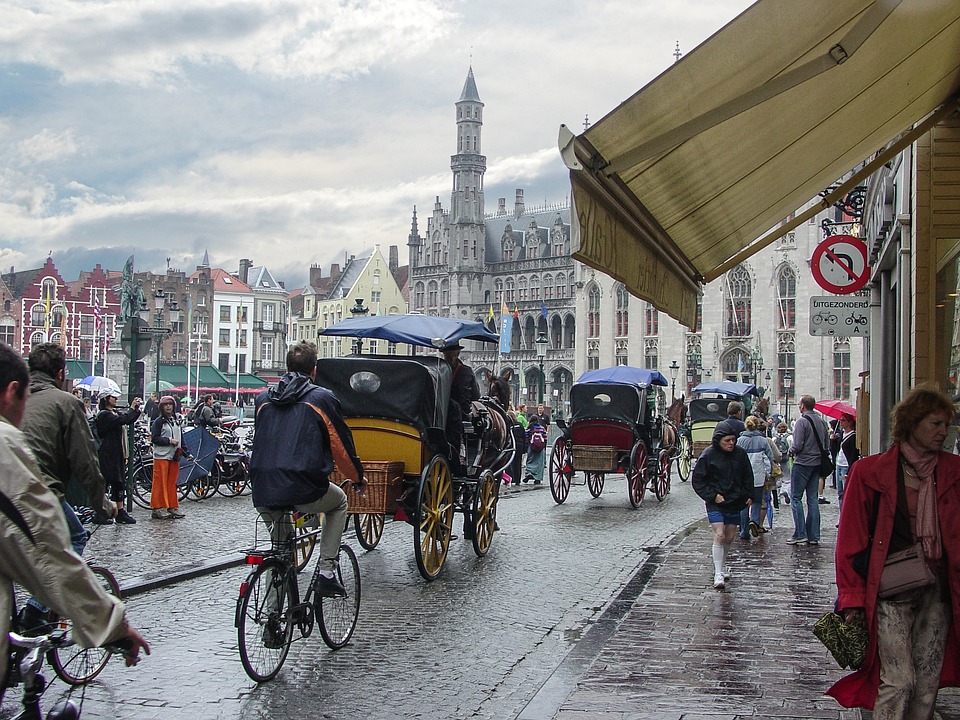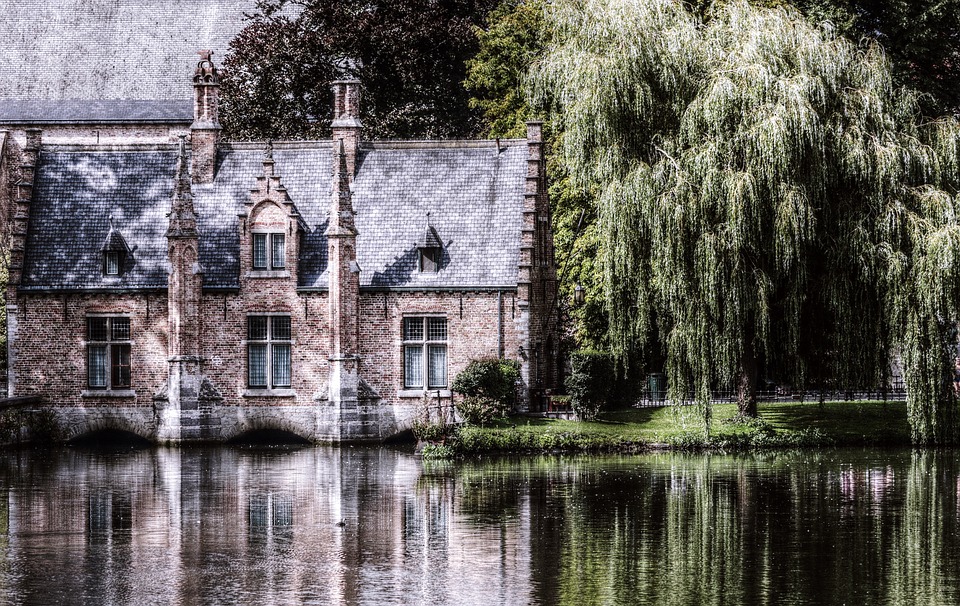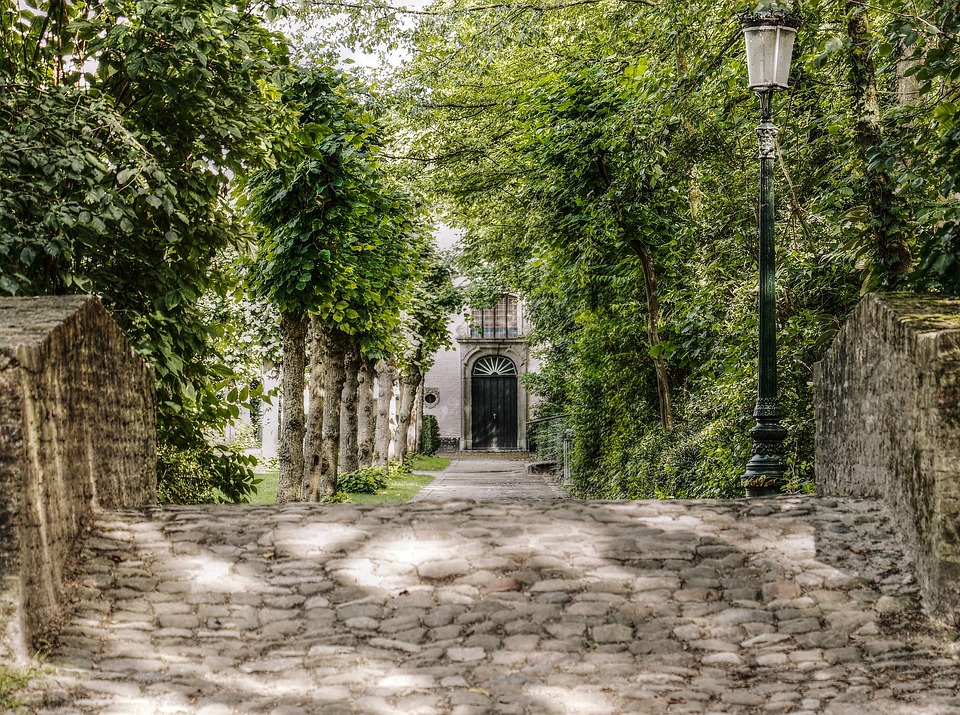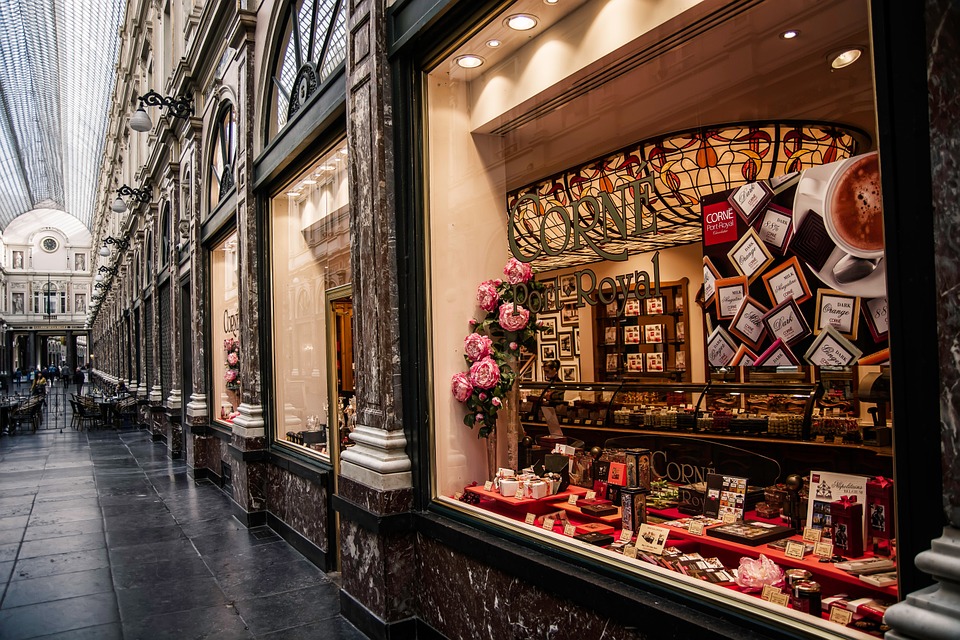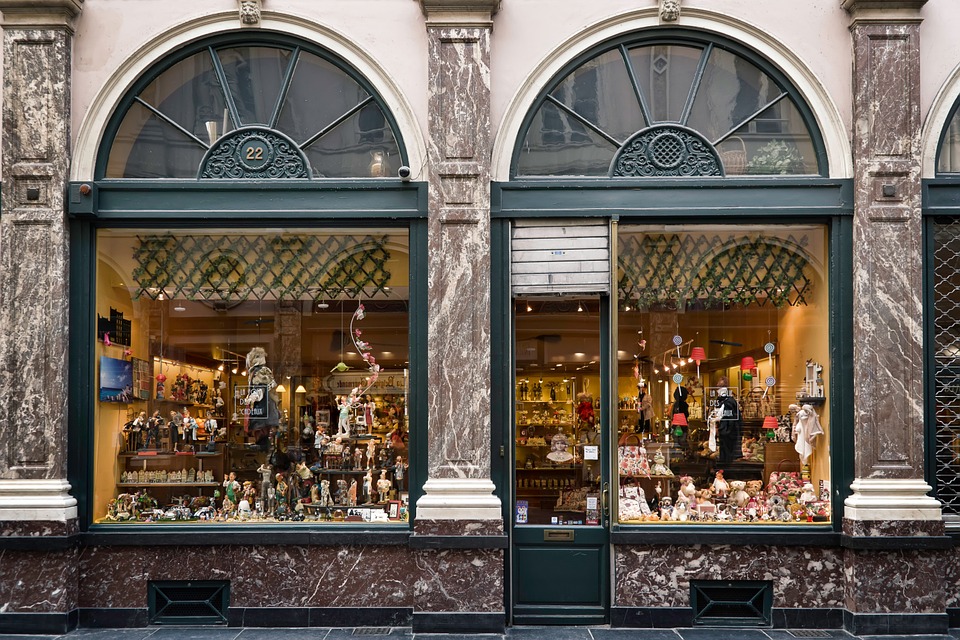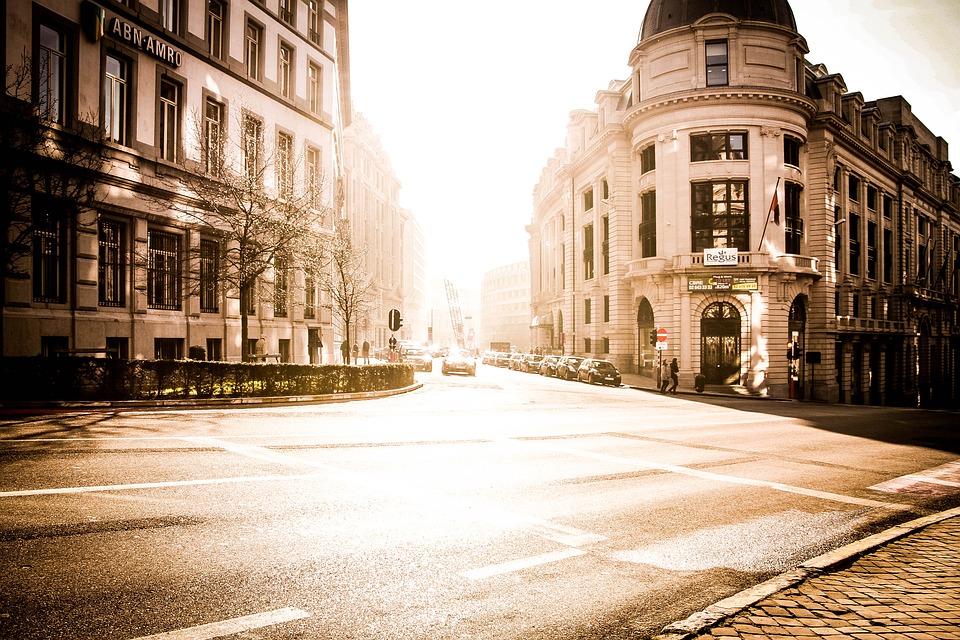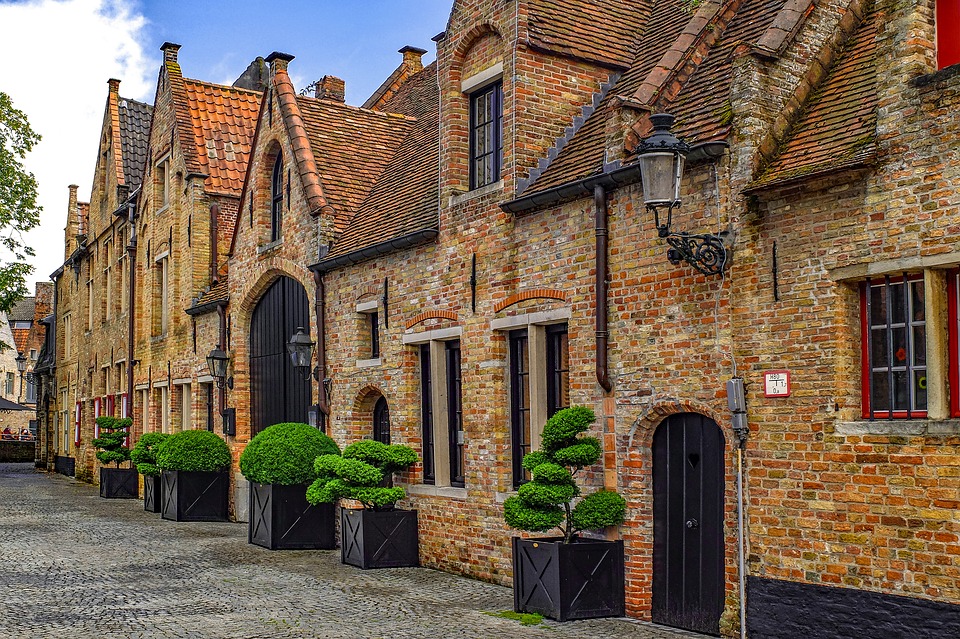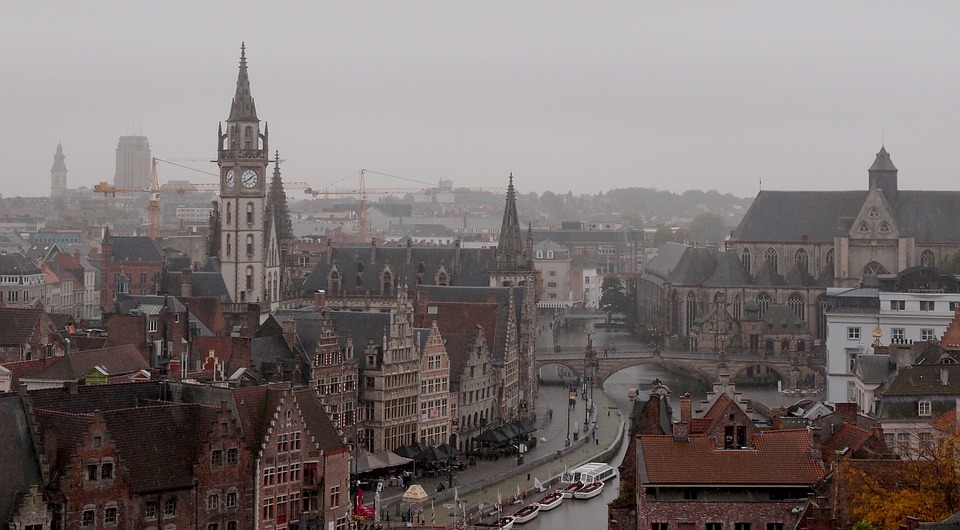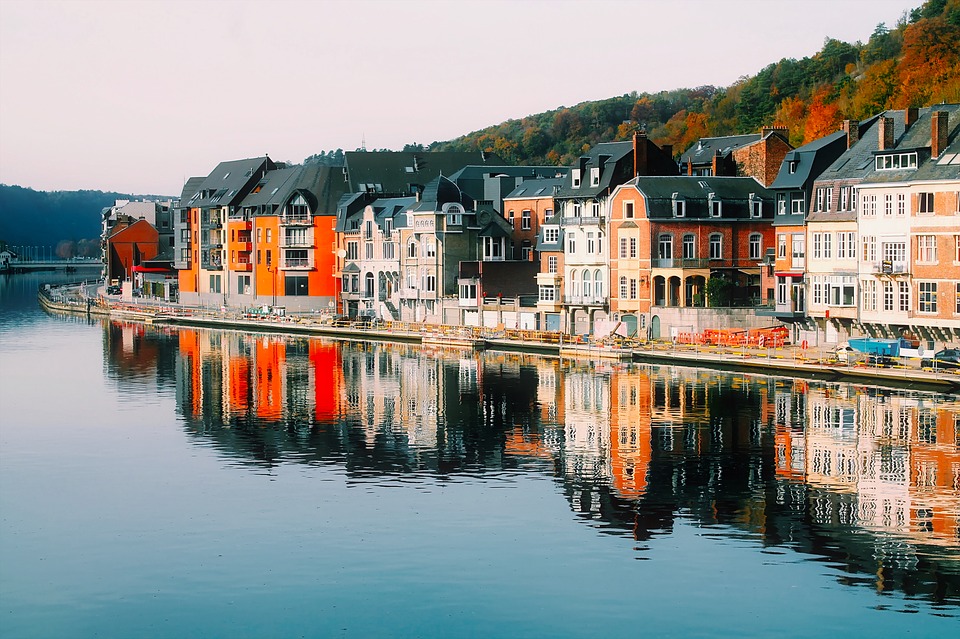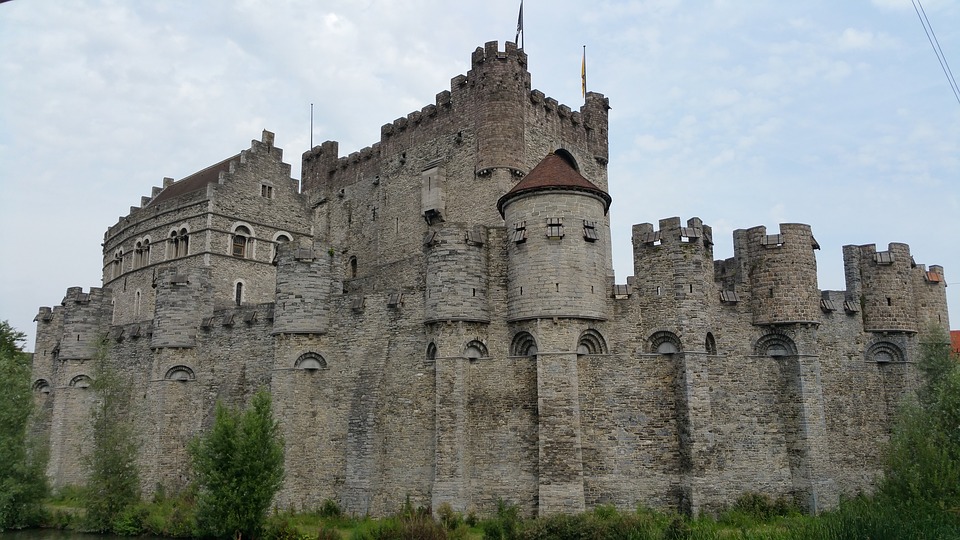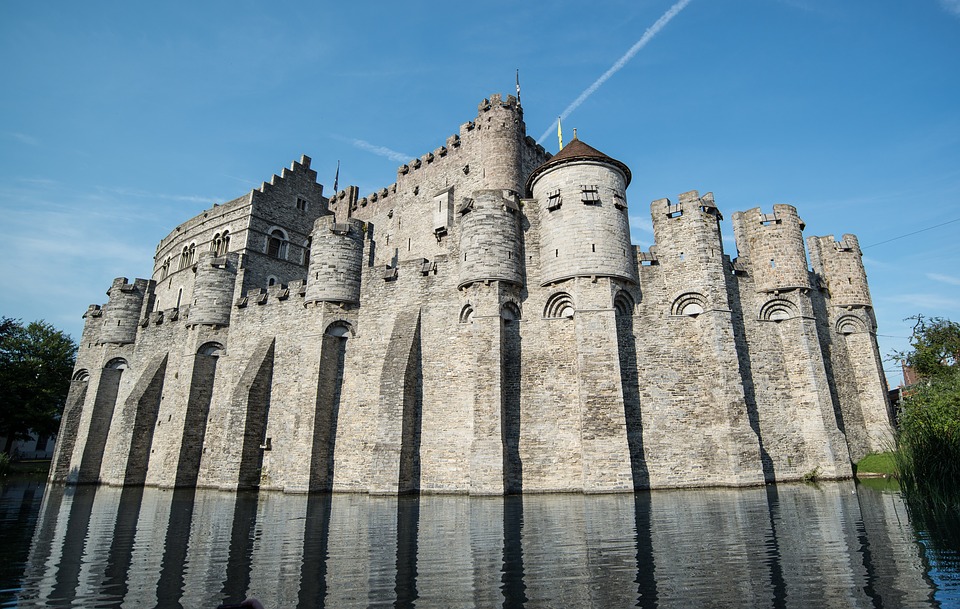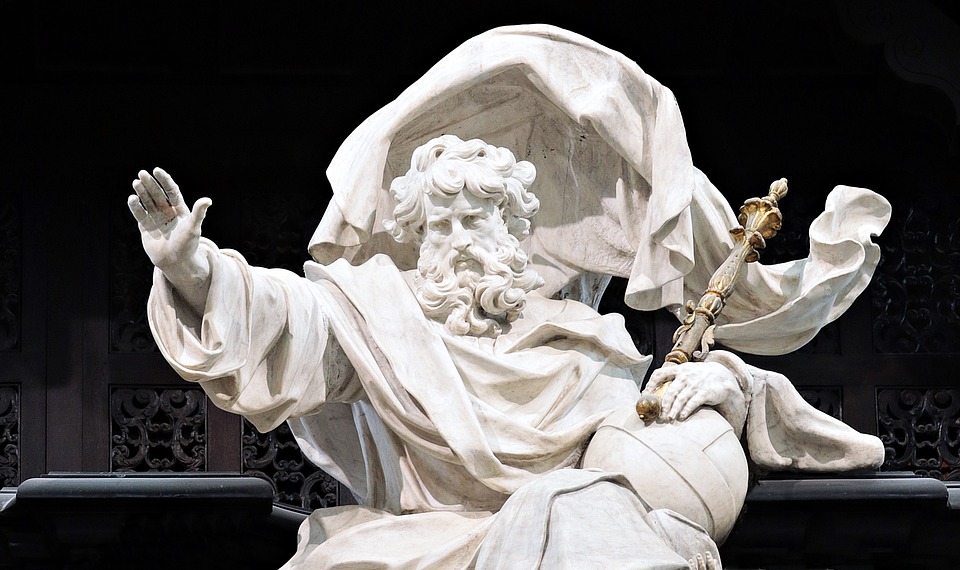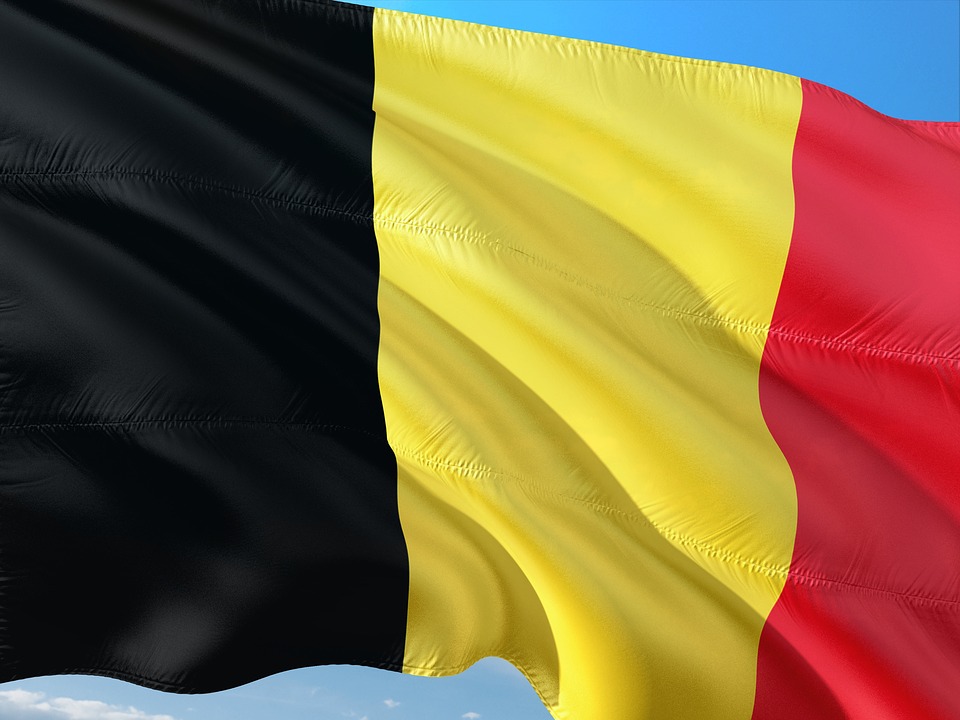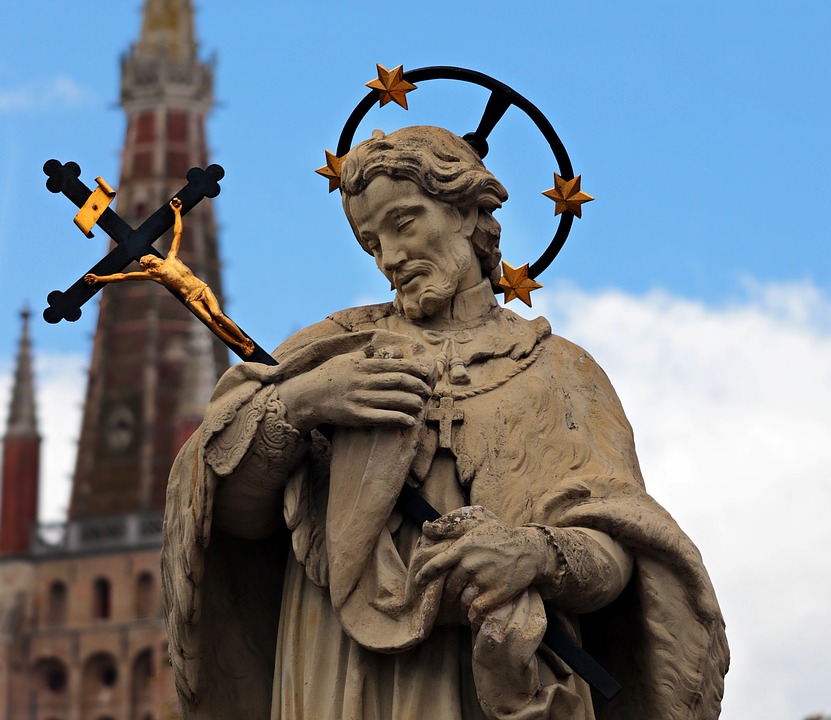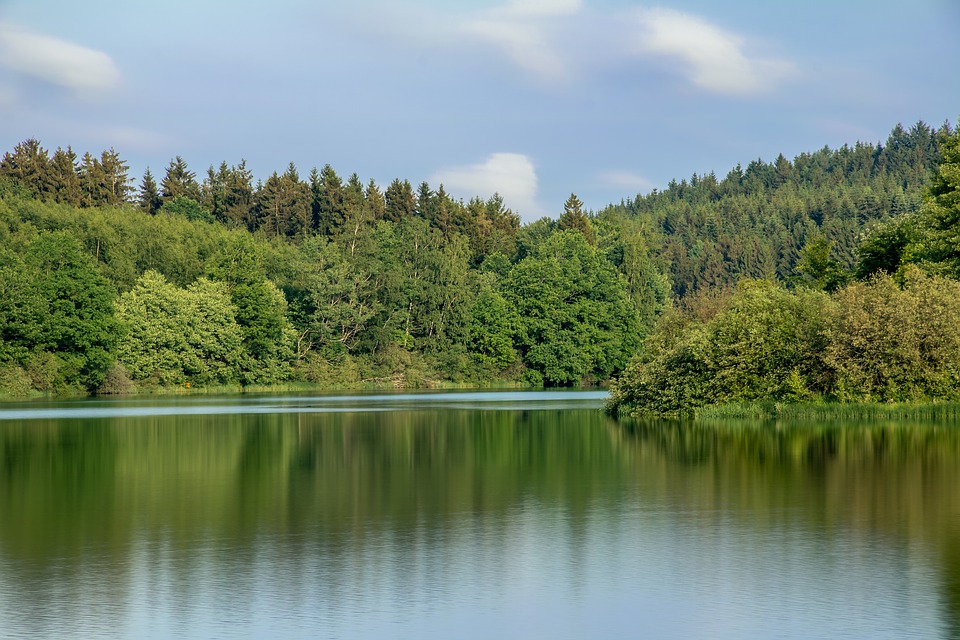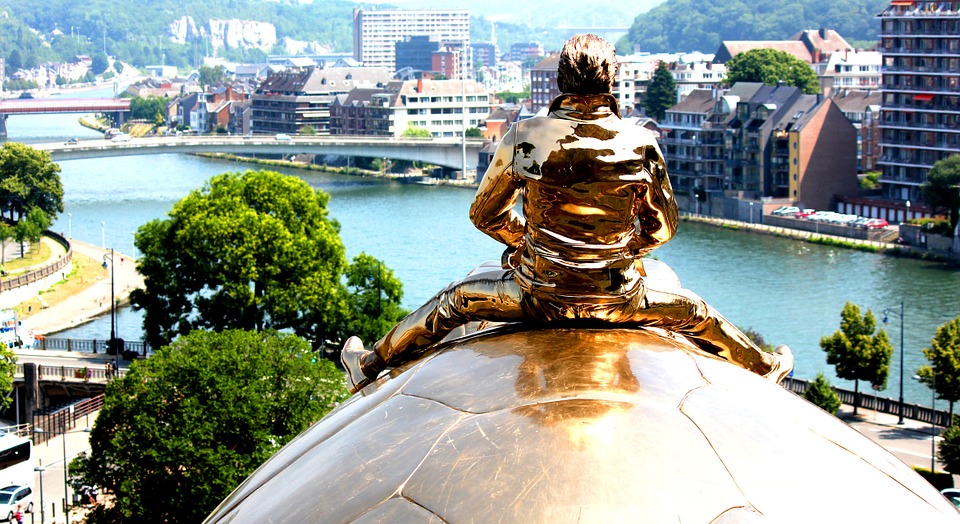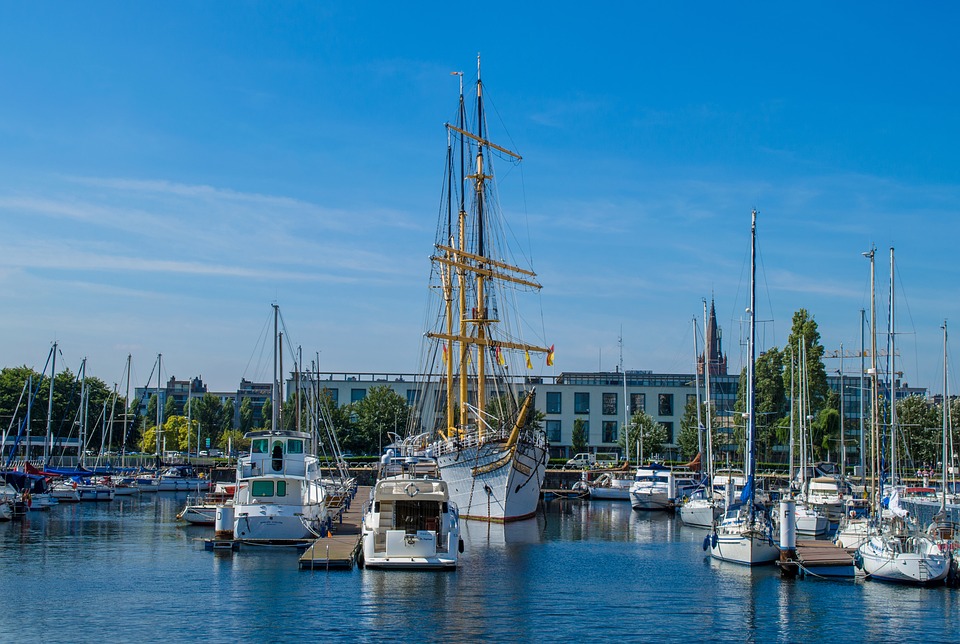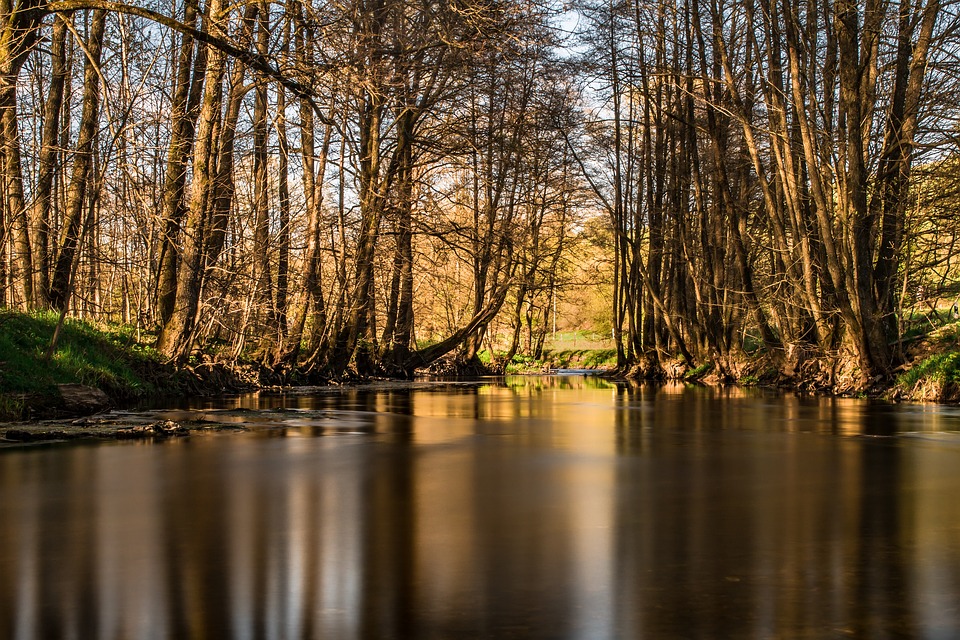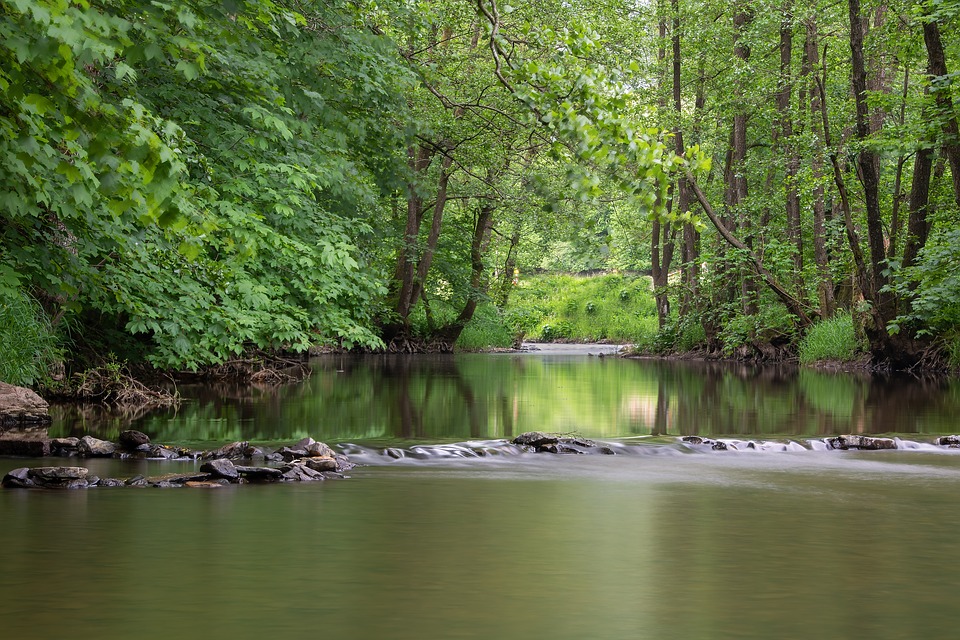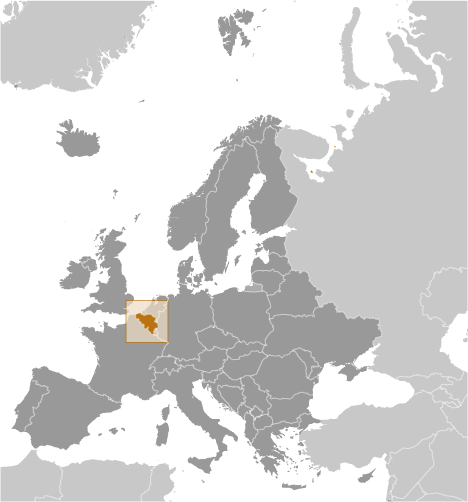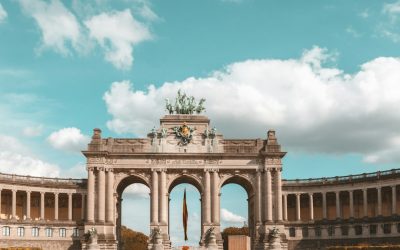Belgium
(Koninkrijk België (Dutch); Royaume de Belgique (French); Königreich Belgien (German) (Kingdom of Belgium))

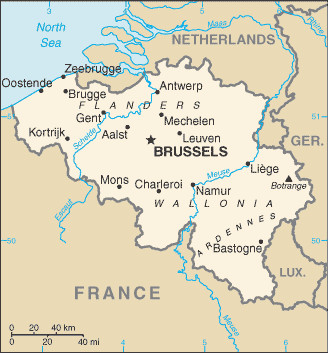
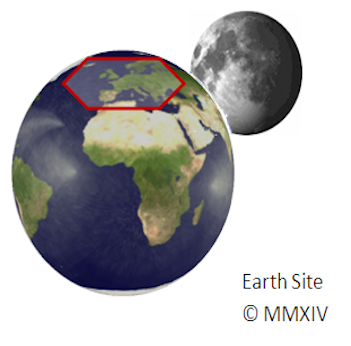
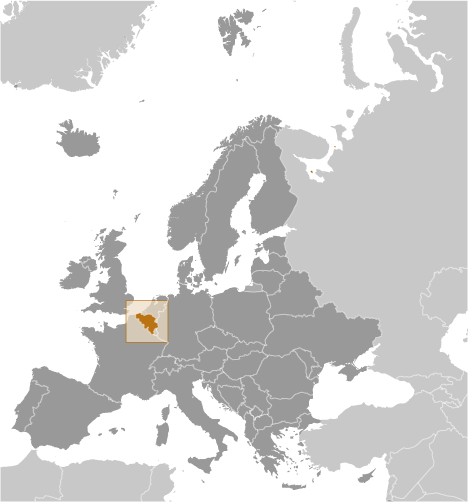
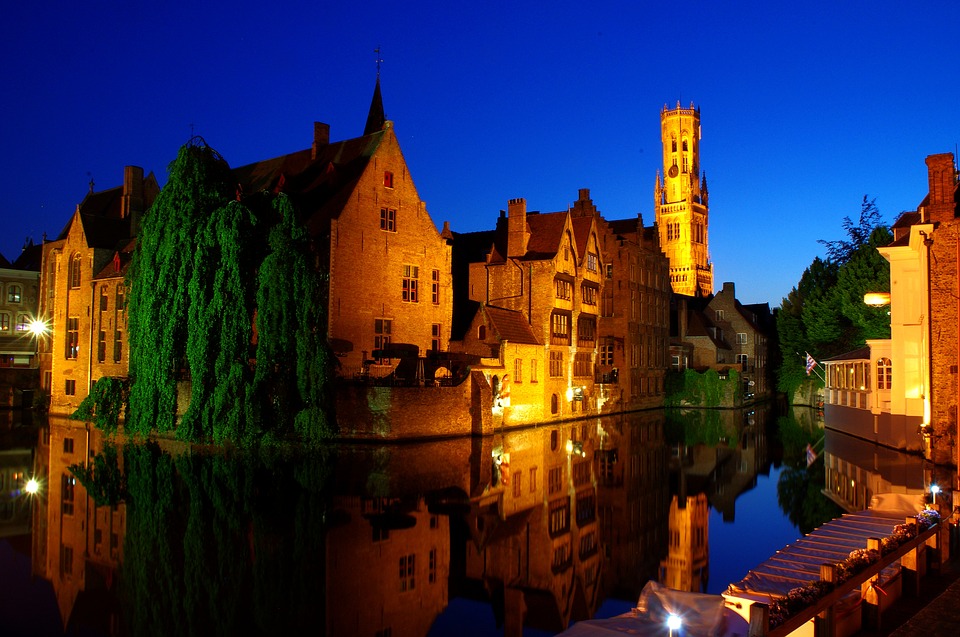
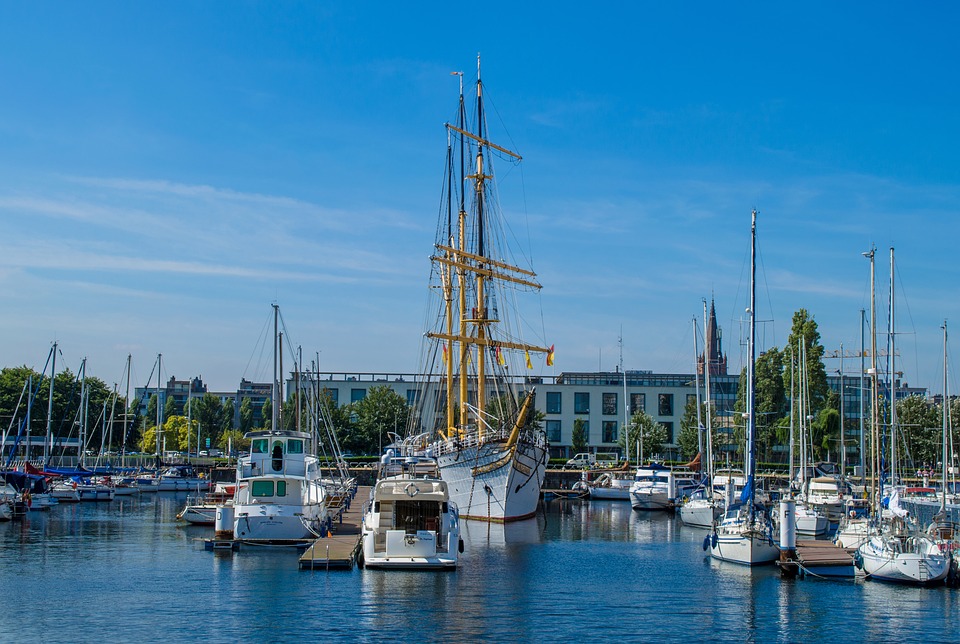
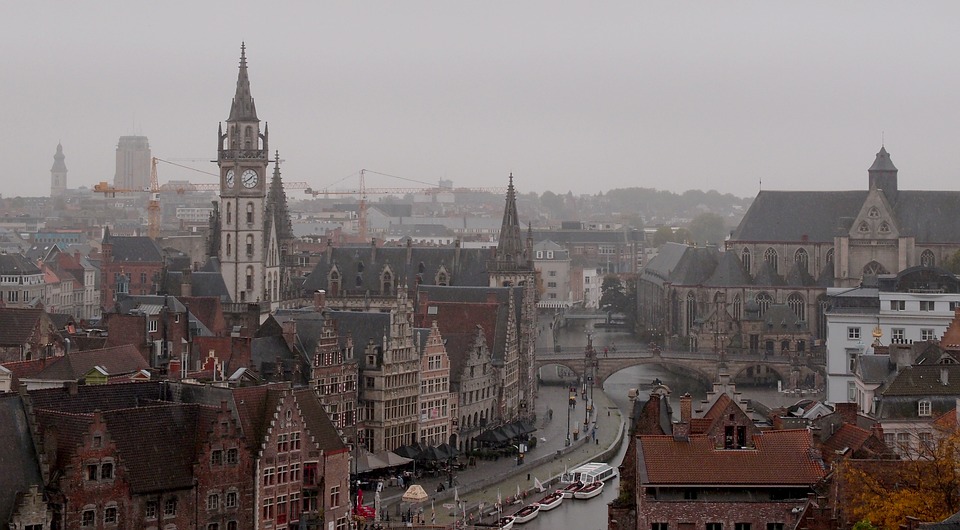
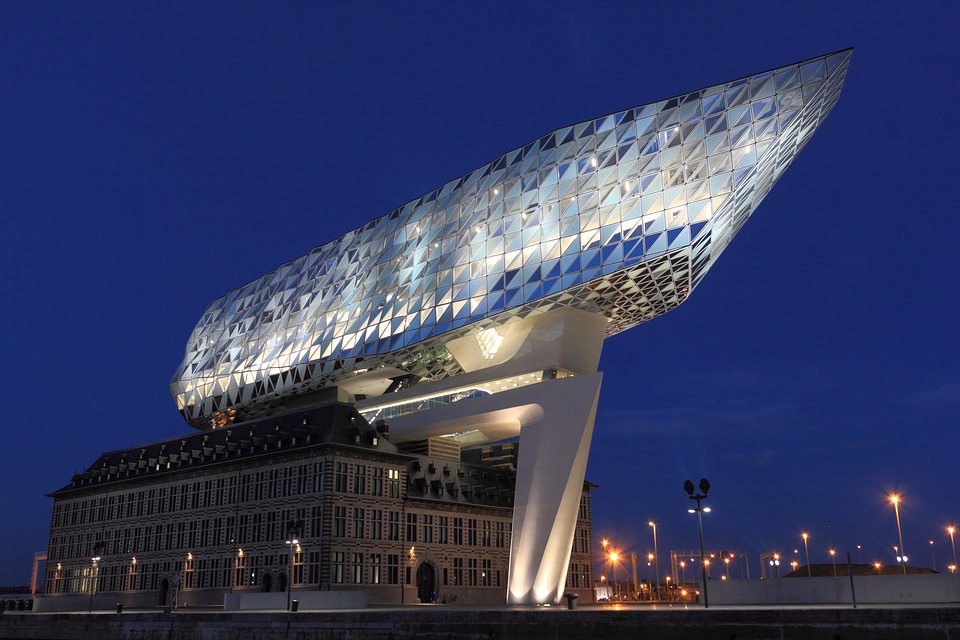
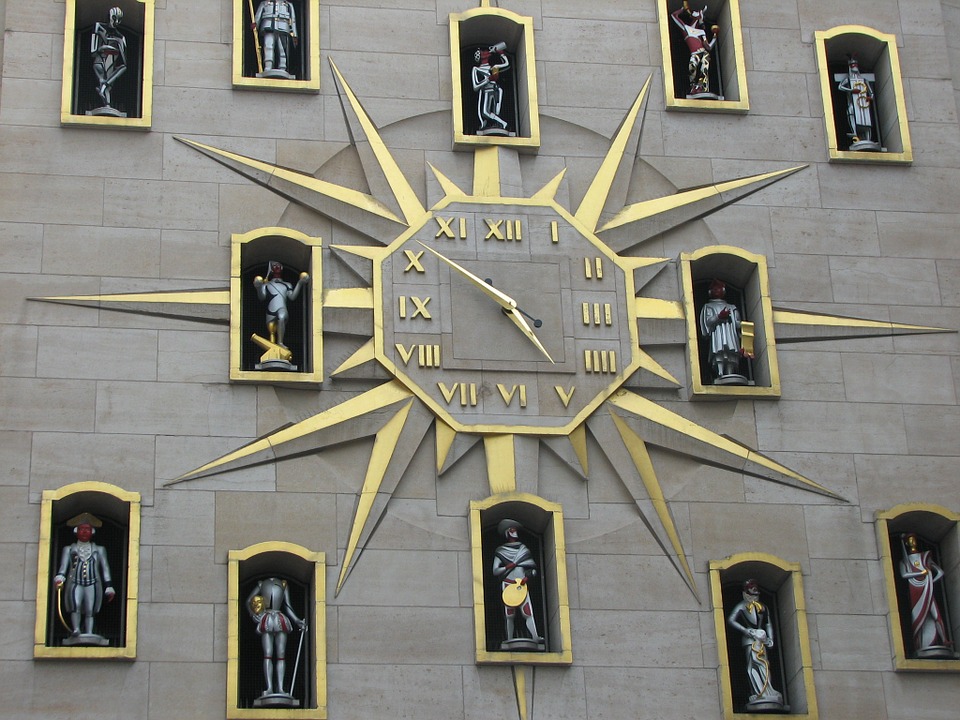
Capital of Belgium : Brussels
Population (Estimated July 2012): 10,438,353
Area: 30,528km2 or 11,787mi2
Currency: Euro (€)
Official Language: Dutch; French; German
Political Information: Federal Parliament with Constitutional Monarchy
Official Religion: No Official Religion (approximately 75% of the population are Roman Catholic, 25% have other religious beliefs)
Highest Mountain: Botrange at 694m or 2,277ft
GDP Official Exchange Rate (OER is more precise at gauging a countries economic power)
(Estimated 2011): $529 billion (US$) or £317.4 billion(GBP)
GDP (OER) Per Capita (per member of the population estimated 2011): (US$) or (GBP)
GDP Purchasing Power Parity (PPP is good for gauging living conditions and use of resources but not as accurate as OER. This data has been calculated based on the sum value of all goods and services produced in the country valued at prices prevailing in the United States)
(Estimated 2011): $412 billion (US$) or £247.2 billion (GBP)
GDP (PPP) Per Capita (per member of the population estimated 2011): $37,600 (US$) or £22,560 (GBP)
Time Zone (GMT/UTC): +1:00
Counties/Provinces/States: 3 regions (French: regions, singular – region; Dutch: gewesten, singular – gewest); Brussels-Capital Region, also known as Brussels Hoofdstedelijk Gewest (Dutch), Region de Bruxelles-Capitale (French long form), Bruxelles-Capitale (French short form); Flemish Region (Flanders), also known as Vlaams Gewest (Dutch long form), Vlaanderen (Dutch short form), Region Flamande (French long form), Flandre (French short form); Walloon Region (Wallonia), also known as Region Wallone (French long form), Wallonie (French short form), Waals Gewest (Dutch long form), Wallonie (Dutch short form)
Sources: CIA World Fact Book, Encyclopaedia Britannica.
Belgium, located in Western Europe, is often referred to as the “heart of Europe” due to its central location. Despite its small size, Belgium has a rich and diverse culture that is influenced by its neighbouring countries, including France, Germany, and the Netherlands. The country is known for its medieval cities, stunning architecture, delicious cuisine, and warm-hearted people.
Geography of Belgium: From the Ardennes to the North Sea coast
Belgium’s landscape is characterized by a mix of rolling hills, fertile plains, and a picturesque coastline along the North Sea. The southern region of Belgium is dominated by the Ardennes, a densely forested area with deep valleys and winding rivers. This region is perfect for outdoor enthusiasts who enjoy hiking, cycling, and exploring nature.
In contrast, the northern part of Belgium is known for its flat plains and polders. The region is home to vibrant cities such as Brussels, Antwerp, and Ghent. The North Sea coast offers sandy beaches and charming seaside towns like Ostend and Knokke-Heist.
History of Belgium: From the Roman Empire to modern times
Belgium has a rich history that dates back to ancient times. The region was inhabited by Celtic tribes before being conquered by the Roman Empire in the 1st century BC. Over the centuries, Belgium has been ruled by various powers including the Spanish, French, Dutch, and Austrians.
In 1830, Belgium gained independence from the Netherlands and became a constitutional monarchy. The country played a significant role in both World Wars and was heavily impacted by the conflicts. Today, Belgium is known for its commitment to peace and diplomacy as it hosts several international organizations including the European Union and NATO.
Belgian culture: Art, music, food, and festivals
Belgium has a vibrant cultural scene that encompasses art, music, food, and festivals. The country has produced renowned artists such as Pieter Bruegel the Elder, René Magritte, and James Ensor. Belgian musicians have also made their mark on the international stage with artists like Jacques Brel, Stromae, and Selah Sue.
Belgium is famous for its culinary delights, including waffles, chocolate, and beer. Belgian cuisine is known for its rich flavours and high-quality ingredients. The country is also home to numerous food festivals where visitors can indulge in local delicacies.
Belgian politics: A federal monarchy with a complex system
Belgium is a federal monarchy with a complex political system. The country is divided into three regions: Flanders, Wallonia, and Brussels-Capital Region. Each region has its own government and parliament, which are responsible for regional matters such as education and culture.
At the national level, Belgium has a constitutional monarchy with a king or queen as the head of state. The monarch’s role is largely ceremonial, with the prime minister serving as the head of government. Belgium’s political system is known for its consensus-based decision-making process, which can sometimes lead to lengthy negotiations and coalition governments.
Belgian economy: A hub for international trade and innovation
Belgium has a thriving economy that is driven by international trade and innovation. The country is strategically located at the crossroads of Europe and serves as a major transportation hub. Its ports in Antwerp and Zeebrugge are among the busiest in the world.
Belgium is known for its strong manufacturing sector, particularly in industries such as chemicals, pharmaceuticals, and automobiles. The country is also a leader in innovation and research, with several world-class universities and research institutions.
Belgian education: World-class universities and bilingual education
Belgium has a strong education system that is highly regarded internationally. The country is home to several prestigious universities, including the University of Leuven, Ghent University, and the Free University of Brussels. These institutions offer a wide range of academic programs and attract students from around the world.
One unique aspect of the Belgian education system is its bilingual nature. The country is divided into Dutch-speaking Flanders and French-speaking Wallonia, with a small German-speaking community in the east. As a result, many schools in Belgium offer bilingual education, allowing students to become fluent in both Dutch and French.
Belgian sports: Cycling, football, and other popular sports
Belgium has a strong sports culture and is known for its success in cycling and football. The country has produced some of the world’s top cyclists, including Eddy Merckx and Tom Boonen. Belgium is also passionate about football, with the national team consistently performing well on the international stage.
In addition to cycling and football, Belgium also has a strong tradition in other sports such as tennis, hockey, and athletics. The country hosts several major sporting events each year, including the Tour de France and the Belgian Grand Prix.
Belgian tourism: From medieval cities to scenic countryside
Belgium is a popular tourist destination known for its medieval cities, stunning architecture, and picturesque countryside. The country is home to several UNESCO World Heritage sites, including the historic city centres of Bruges and Ghent. These cities are famous for their well-preserved medieval buildings and charming canals.
In addition to its cities, Belgium offers beautiful countryside with rolling hills, picturesque villages, and scenic landscapes. The Ardennes region is a popular destination for outdoor activities such as hiking, cycling, and kayaking. The North Sea coast also attracts visitors with its sandy beaches and seaside resorts.
Belgian cuisine: Waffles, chocolate, beer, and more!
No discussion of Belgium would be complete without mentioning its famous cuisine. Belgian cuisine is known for its indulgent treats such as waffles, chocolate, and beer. Belgian waffles are a beloved delicacy, often served with a variety of toppings such as whipped cream, strawberries, or chocolate sauce.
Belgium is also renowned for its high-quality chocolate, with numerous chocolatiers producing exquisite pralines and truffles. The country is home to several beer breweries, offering a wide range of styles and flavours. Belgian beer is considered some of the best in the world and is an integral part of the country’s culture.
Belgium may be a small country, but it has a big heart and a rich cultural heritage. From its diverse landscapes to its vibrant cities, Belgium offers something for everyone. Whether you’re exploring medieval towns, indulging in delicious cuisine, or cheering on your favourite sports team, Belgium is sure to leave a lasting impression. So why not plan your next trip to this charming country and experience all that Belgium has to offer?
History of Belgium
Belgium, located in Western Europe, has a rich and complex history that spans thousands of years. From its early settlements and Roman invasion to its role in the European Union, understanding Belgium’s history is crucial to understanding its culture, politics, and society. This article will provide a comprehensive overview of Belgium’s history, highlighting key events and their impact on the country. Summary Belgium was settled by various tribes before the Roman invasion in 57 BC. The Flemish cities rose to power under Burgundian rule in the 15th century. The Spanish Habsburgs ruled Belgium during the Eighty Years’ War, leading to a divide between the north and south. The Austrian Netherlands saw the rise of the Enlightenment and the spread of new ideas. The Belgian Revolution in 1830 led to the formation of the Kingdom of Belgium. The Industrial Revolution brought about social and economic changes, leading to the rise of socialism. Belgium was occupied by Germany during World War I and played a key role in World War II, including the Battle of the Bulge. Post-war rebuilding led to the formation of the European Union, with Belgium as a founding member. The Early Settlements and Roman Invasion of Belgium Belgium’s history dates back to prehistoric times, with evidence of human settlements as early as the Paleolithic era. The region was inhabited by various Celtic tribes before the Roman invasion in the 1st century BC. The Romans established several settlements in what is now Belgium, including the city of Tournai. The Roman invasion had a significant impact on Belgium, bringing with it new infrastructure, trade routes, and cultural influences. The...
Exploring Belgium’s Population Density
Belgium, a small country located in Western Europe, is known for its high population density. With a land area of just over 30,000 square kilometers and a population of approximately 11.5 million people, Belgium has one of the highest population densities in Europe. This means that there are a large number of people living in a relatively small area, resulting in crowded cities and towns. Understanding population density is crucial for policymakers, planners, and citizens alike. It helps us to better understand the challenges and opportunities that come with high population density, and to develop strategies to create sustainable and livable communities. By examining the factors that contribute to population density in Belgium, we can gain insights into the social, economic, and political dynamics of the country. Summary Belgium has a high population density, with over 11 million people living in a relatively small area. The population is concentrated in urban areas, with Brussels being the most densely populated city in the country. Factors affecting population density in Belgium include historical and cultural factors, economic opportunities, and government policies. Urbanization has led to increased population density, but rural areas still play an important role in the country’s population distribution. Compared to other European countries, Belgium has a relatively high population density but also a high quality of life. Understanding the Population Distribution in Belgium The population distribution in Belgium is not evenly spread across the country. There are significant differences between the three main regions: Flanders, Wallonia, and Brussels. Flanders, located in the northern part of Belgium, has the highest population density, with major cities such as Antwerp and...
Exploring Belgium’s Climate Zones: Regional Weather Differences
Belgium, a small country located in Western Europe, is known for its diverse climate zones. Despite its relatively small size, Belgium experiences a range of weather patterns due to its geographical location and proximity to the North Sea. Understanding these climate zones is not only important for travellers planning their trips, but also for farmers and conservationists who rely on the weather patterns to make informed decisions. In this article, we will explore the different climate zones in Belgium, their characteristics, and the best times to visit each region. Summary Belgium has four main climate zones: maritime, continental, Ardennes, and coastal. The maritime climate zone is characterized by mild temperatures and high levels of precipitation. The continental climate zone experiences hot summers and cold winters with low precipitation. The Ardennes climate zone has cooler temperatures and higher levels of precipitation than the continental zone. The coastal climate zone has mild temperatures and moderate precipitation levels. Regional differences in temperature and precipitation can have a significant impact on agriculture and wildlife in Belgium. Climate change is affecting Belgium’s weather patterns, with increased temperatures and more extreme weather events. When packing for different climate zones in Belgium, it’s important to bring layers and waterproof clothing. The best times to visit each region depend on the climate zone, with summer being the most popular time for tourists. The Maritime Climate Zone The Maritime Climate Zone in Belgium is characterized by mild winters and cool summers. This climate zone is influenced by the North Sea, which moderates the temperatures and brings moisture to the region. The weather patterns in this zone are often...
Exploring Belgium’s Varied Terrain: Mountains, Valleys, and Plains
Belgium, a small country located in Western Europe, is known for its rich history, delicious cuisine, and stunning architecture. However, what many people may not realize is that Belgium also boasts a diverse and beautiful landscape. From the mountainous region of the Ardennes to the rolling hills of the Condroz, Belgium offers a wide range of natural beauty waiting to be explored. In this article, we will take a closer look at the different regions and landscapes that make up Belgium’s diverse terrain. Summary Belgium’s landscape is diverse and offers a range of unique regions to explore. The Ardennes is Belgium’s mountainous region and is perfect for outdoor activities. The Meuse and Sambre valleys offer stunning scenery and historic sites to visit. The Flemish Ardennes is a hilly landscape with picturesque villages and cycling routes. The coastal plains of Belgium offer a unique landscape with sandy beaches and dunes. The Ardennes: Belgium’s Mountainous Region Located in the southern part of Belgium, the Ardennes is a picturesque region known for its dense forests, rolling hills, and charming villages. This mountainous area covers about one-third of the country and is a popular destination for outdoor enthusiasts. Hiking is one of the most popular activities in the Ardennes, with numerous trails winding through the lush forests and offering breathtaking views of the surrounding landscape. In the winter months, skiing and snowboarding are also popular activities in the region. The Ardennes is home to several notable landmarks and attractions. One of the most famous is the town of Durbuy, often referred to as “the smallest city in the world.” With its medieval architecture...
Belgium’s Political Boundaries: Provinces, Districts or History?
Belgium is a country located in Western Europe and is known for its complex political system. It is a federal parliamentary democracy, which means that power is divided between the federal government and the regional governments. Understanding Belgium’s political boundaries is crucial for both Belgians and non-Belgians, as it helps to navigate the country’s governance structure and comprehend the diverse regional identities within the nation. Summary Belgium is divided into three regions: Flanders, Wallonia, and Brussels-Capital. Provinces in Belgium have limited powers and are mainly responsible for administrative tasks. Districts in Belgium are important for local governance and are responsible for services such as education and healthcare. Belgium’s political boundaries have evolved over time due to historical events and political negotiations. Regional identity in Belgium is strongly tied to language and cultural differences. The Role of Provinces in Belgium’s Political System Provinces in Belgium are administrative divisions that play a significant role in the country’s political system. There are ten provinces in Belgium, each with its own governor and provincial council. The provinces have various responsibilities, including managing local infrastructure, education, culture, and public safety. They also act as intermediaries between the federal government and the municipalities within their jurisdiction. Provinces are an essential part of Belgium’s federal system, as they help to decentralize power and ensure that regional interests are represented. They provide a level of governance that is closer to the people, allowing for more localized decision-making. Provinces also serve as a link between the federal government and the municipalities, helping to coordinate policies and initiatives at different levels of government. Understanding Belgium’s Districts and their Importance...
Belgium’s Cultural and Historical Gems: Must-Visit Sites
Belgium, a small country located in Western Europe, is often overlooked by travelers in favor of its more famous neighbors such as France and Germany. However, this charming country has a rich history and culture that is worth exploring. From its medieval towns and Gothic cathedrals to its vibrant art scene and delicious cuisine, Belgium offers a diverse range of attractions that will captivate any visitor. In this article, we will take a journey through time and explore Belgium’s fascinating history, discover the iconic landmarks of its capital city Brussels, visit its magnificent cathedrals, uncover its artistic contributions, explore its charming towns and villages, commemorate its role in World War I, indulge in its culinary delights, delve into its contribution to the art world, soak up the sun and sea on its coast, and unearth its hidden treasures. Summary Belgium has a rich history that can be explored through its many landmarks and attractions. Brussels is home to iconic landmarks such as the Atomium and the Grand Place, which are must-see destinations. Belgium’s cathedrals, such as the Cathedral of St. Michael and St. Gudula, are magnificent examples of Gothic architecture. Belgium’s art and architecture scene is vibrant and diverse, with notable contributions to the Surrealist movement. Belgium’s countryside is dotted with charming towns and villages, offering a glimpse into traditional Belgian life. A Journey Through Time: Exploring Belgium’s Rich History Belgium’s history dates back to Roman times when it was part of the Roman province of Gallia Belgica. Over the centuries, it has been influenced by various European powers including the Spanish, French, and Dutch. One of the most...
Discover Belgium Natural Resources: Economy of Belgium
Discover Belgium Natural Resources: Economy of Belgium Belgium may be small in size, but it plays a significant role in the European and global economy. This article explores the natural resources of Belgium and how they influence the economy of Belgium, including its coal, natural gas, and water resources, among others. Whether you’re a student, researcher, or just curious about how Belgium’s natural resource base supports its industries, energy mix, and GDP, this is a must-read! Despite its relatively limited mineral wealth compared to some larger European countries, Belgium’s economy thrives on the smart utilisation of available resources, a highly developed transport and service sector, and a strategic position in Western Europe. Read on to understand the nuances of Belgium’s natural resources, its historical role, and future sustainability challenges. Article Outline What Are the Major Natural Resources in Belgium? How Have Belgium’s Coal Reserves Shaped Its Industrial Past? What Role Does Natural Gas Play in Belgium’s Energy Mix? Are Water Resources in Belgium Sufficient and Sustainable? How Important Are Zinc and Lead Deposits to Belgium? What Is the Status of Silica and Limestone Resources in Belgium? What Contribution Do Belgium’s Forests and Timber Make to the Economy? How Is Renewable Energy Evolving in Belgium? How Do Natural Resources Affect the GDP and Major Industries in Belgium? What Are the Environmental Concerns Related to Belgium’s Resource Use? 1. What Are the Major Natural Resources in Belgium? Though Belgium is located in Western Europe with a modest land area, it possesses a variety of natural resources that have historically supported its industrial and economic development. Key natural resources include coal,...
Discovering the Best of Belgium: A Journey Through its Charming Cities and Delectable Cuisine
Belgium is a small country located in Western Europe, known for its unique culture and rich history. Despite its size, Belgium has made significant contributions to art, architecture, cuisine, and more. The country is famous for its medieval cities, charming canals, world-renowned chocolate and beer, and delicious cuisine. From the picturesque city of Bruges to the bustling capital of Brussels, Belgium offers a diverse range of attractions and experiences for visitors to enjoy. Key Takeaways Belgium has a unique culture and history that is worth exploring. Bruges is a charming UNESCO World Heritage Site that is a must-visit destination. Brussels is a vibrant capital city that blends old and new architecture. Belgian chocolate is a sweet treat that should not be missed. Belgian beer is a world-renowned tradition that is worth savoring. Bruges Bruges is a city in northwest Belgium that is often referred to as the “Venice of the North” due to its network of canals. The city’s historic center is a UNESCO World Heritage Site and is known for its well-preserved medieval architecture. Visitors to Bruges can explore the charming cobblestone streets, take a boat tour along the canals, and admire the stunning buildings that line the waterways. Some must-see attractions in Bruges include the Belfry of Bruges, which offers panoramic views of the city; the Basilica of the Holy Blood, which houses a relic believed to be the blood of Jesus Christ; and the Groeningemuseum, which showcases an impressive collection of Flemish art. Additionally, visitors can indulge in delicious Belgian chocolate at one of the many chocolate shops in the city or sample local beers at...
